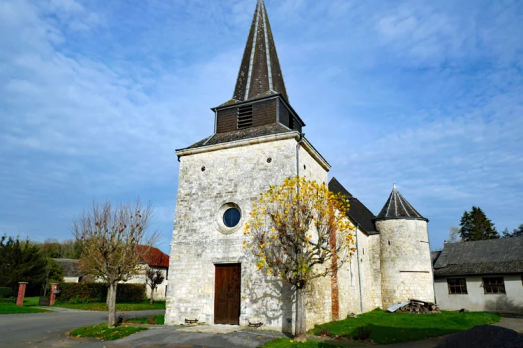
Église Saint-Martin, Bossus-lès-Rumigny
Bossus-lès-Rumigny, FR
Église Saint-Martin is located in Bossus-lès-Rumigny, a small village with 93 inhabitants in the Département Ardennes in the region Grand Est.
Here you can search for a building to visit. You can use the map find destinations, or you can use the filters to search for a building based upon what different criteria.

Bossus-lès-Rumigny, FR
Église Saint-Martin is located in Bossus-lès-Rumigny, a small village with 93 inhabitants in the Département Ardennes in the region Grand Est.
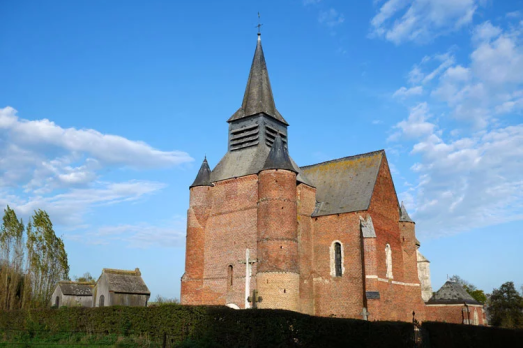
Burelles, FR
Église Saint-Martin is located in Burelles, a small village with 128 inhabitants about 7 km south of the town of Vervins in the Département Aisne in the région Hauts-de-France.
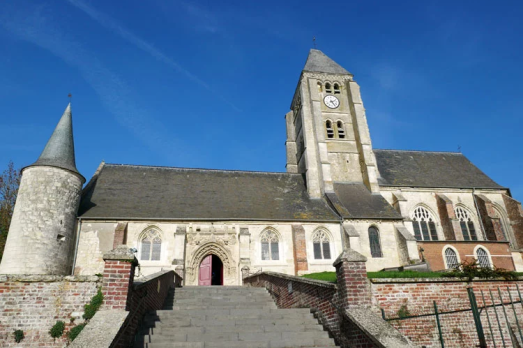
Chaourse, FR
Église Saint-Martin is located in Chaourse, a village with 544 inhabitants about 2 km north-west of Montcornet in the Département Aisne in the région Hauts-de-France. It was fortified in 1370, and is therfore the oldest of the fortified churches of the Thiérache.
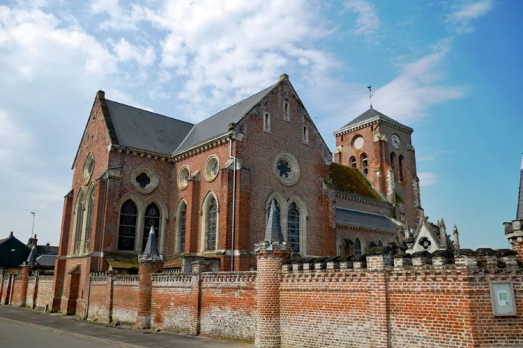
Cilly, FR
Église Saint-Martin is located in Cilly, a small village with 179 inhabitants about 6 km east of Marle in the Département Aisne in the région Hauts-de-France.
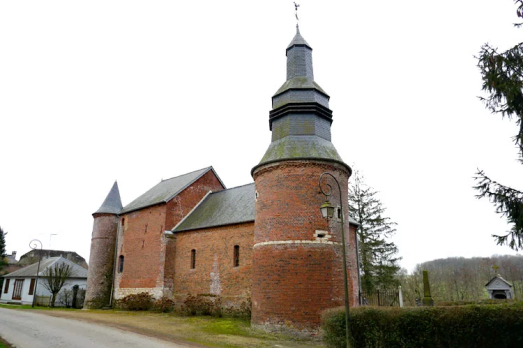
Cuiry-lès-Iviers, FR
Église Saint-Martin is located in Cuiry-lès-Iviers, a small village with 27 inhabitants about 12 km north-east of Montcornet in the Département Aisne in the région Hauts-de-France.
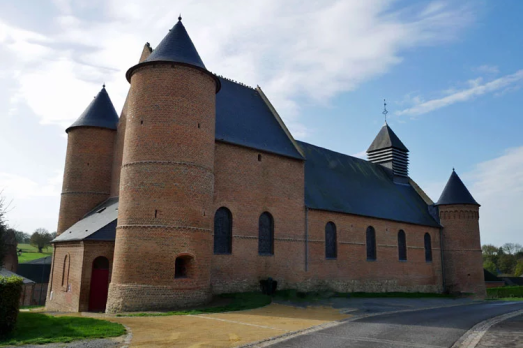
Esquéhéries, FR
Église Saint-Martin is located in Esquéhéries, a commune with 867 inhabitants about 15 km north-east of the town of Guise in the Département Aisne in the région Hauts-de-France. Building has commenced in 1570
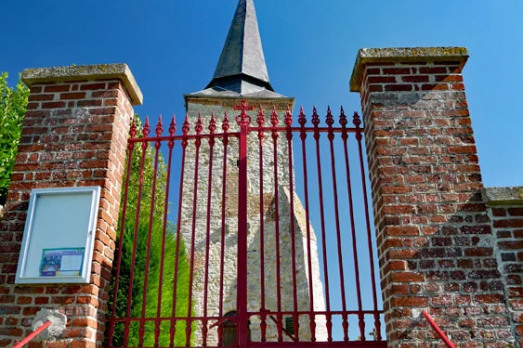
Faty, FR
Église Saint-Martin is located in Wiege-Faty, a small village with 186 inhabitants about 8 km east of Guise in the Département Aisne in the région Hauts-de-France.
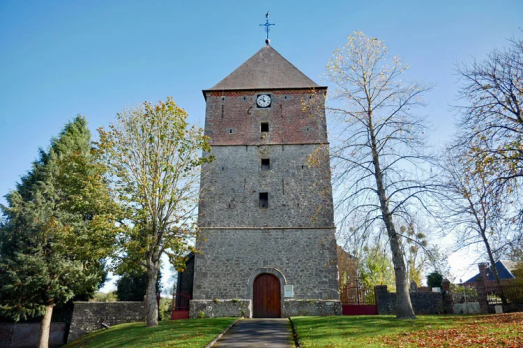
Féron, FR
Église Saint-Martin is located in Féron, a small village with 564 inhabitants in the Département du Nord, about 4 km north of the town of Fourmies. It was fortified in 1614. This church was listed as a historical monument in 1948
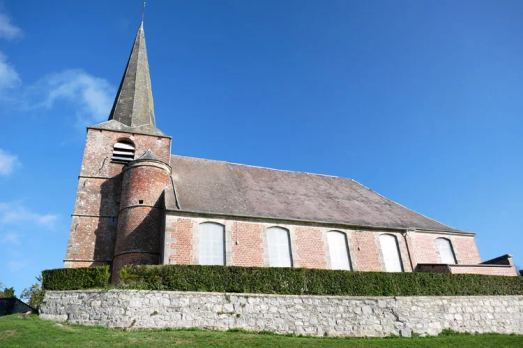
Floyon, FR
Église Saint-Martin is located in Floyon, a small village with 520 inhabitants in the Département du Nord, about 15 km west of the town of Fourmies.
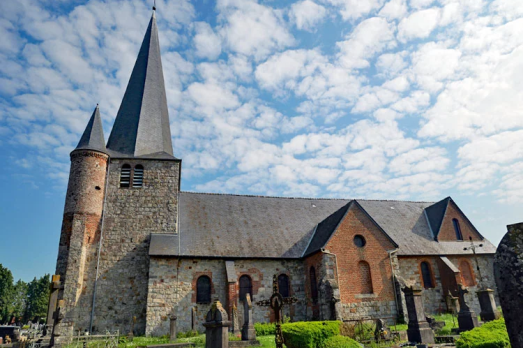
Fontaine-lès-Vervins, FR
Église Saint-Martin is located in Fontaine-lès-Vervins, a commune with 892 inhabitants about 2 km north of Vervins in the Département Aisne in the région Hauts-de-France.

new
Nestled amidst the serene landscapes of the Harz region, lies a hidden gem for nature enthusiasts and history buffs alike - the Harz Monastery Hiking Trail. Lace up your hiking boots and embark on this captivating adventure that will transport you back in time.

The Holy Mile (Miglio Sacro) of Naples is a one-mile-long itinerary, through sacred places linked to the city's patron saint, San Gennaro, in the Rione Sanità district. Discover the city from a new perspective with this unique walking tour.

As a university city, cultural offerings abound in Tartu and will reach their peak after being designated one of three European Capitals of Culture for 2024. In this list, we've compiled the most interesting sacred places to visit in and around the old town.